Latin American art is the combined artistic expression of South America, Central America, the Caribbean, and Mexico, as well as Latin Americans living in other regions. The art has roots in the many different indigenous cultures that inhabited the Americas before European colonization in the 16th century.
Latin American Art is a story telling of the culture of it countries. Latin America has the influence of three distinct cultures: African, Indian and European and have shared historical experiences of slavery and imperialism and has resulted in a unique mestizo tradition. For the last decades and today the underdevelopment, environmental degradation, poverty, and inequality have had a massive impact on the artists in this region. Landmarks, rolling mountains and sprawling rainforests are sources of great inspiration to artists too.
Periods of Latin American Art
Colonial mixture of indigenous traditions and European influences

Modernism this movement holds an ambivalent position in Latin American art, a Western art movement typified by the rejection of traditional classical styles. The countries of the Southern Cone were more open to foreign influence, while countries with a stronger indigenous presence such as Mexico, Peru, Ecuador, and Bolivia were resistant to European culture.

Constructivism inspired the art in the region from the early twentieth century onwards. It quickly spread from Russia to Europe, and then into Latin America. Joaquín Torres-García, returned to his native Uruguay in 1934, where he heavily promoted Constructivism.

Muralism It is popularly represented by the Mexican muralism movement of Diego Rivera. Through Muralism, artists in Latin America found a distinctive art form that provided for political and cultural expression, often focusing on issues of social justice related to their indigenous roots.

Surrealism an artistic movement originating in post-World War I Europe. This is where the mestizo culture, the legacy of European conquer over indigenous peoples, embodies contradiction, a central value of Surrealism. Mexican painter Frida Kahlo painted self-portraits and depictions of traditional Mexican culture in a style that combines Realism, Symbolism and Surrealism "I never painted dreams. I painted my own reality".

Contemporary since roughly the 1970s, artists from all parts of Latin America have made important contributions to international contemporary art, like Doris Salcedo (Colombia), Daniel Lind-Ramos (Puerto Rico), Myrna Báez (Puerto Rico), and Vik Muniz (Brazil).
.jpg)
Source: Wikipedia






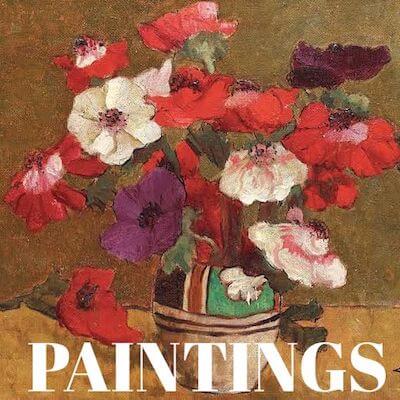
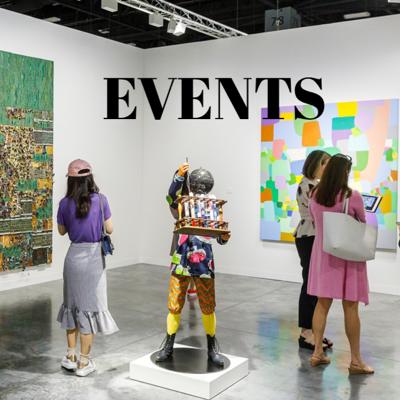
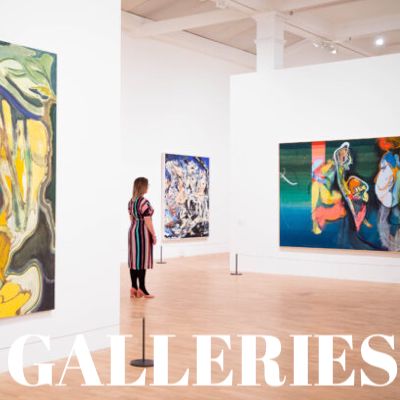
.jpeg)

.jpeg)
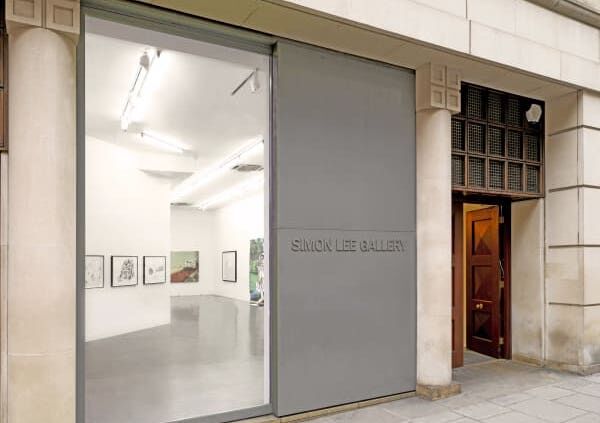





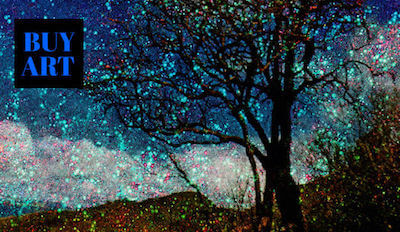
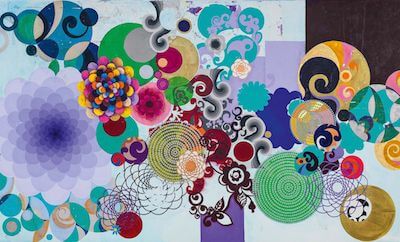
Discover